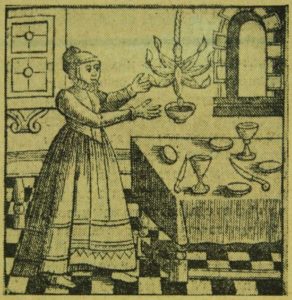In the final installment of the series, we put all the ancient sources together to present one clear and coherent view of Mashiach ben Yosef, solving the puzzle of one or two messiahs, and laying down the true sequence of events to expect at the End of Days. Along the way, we explore Ezekiel’s Vision of the Dry Bones, the meaning of resurrection in Judaism, and the fascinating symbolism of the Phoenix in mythical and mystical sources.
For Part 1 of this series, see here.
For Part 2 of this series, see here.
For more on Russia, Iran, and the ‘Third Rome’, see here.
This class is based on a set of essays in the recently-published third volume of Garments of Light, available on Amazon and directly from the publisher here.

